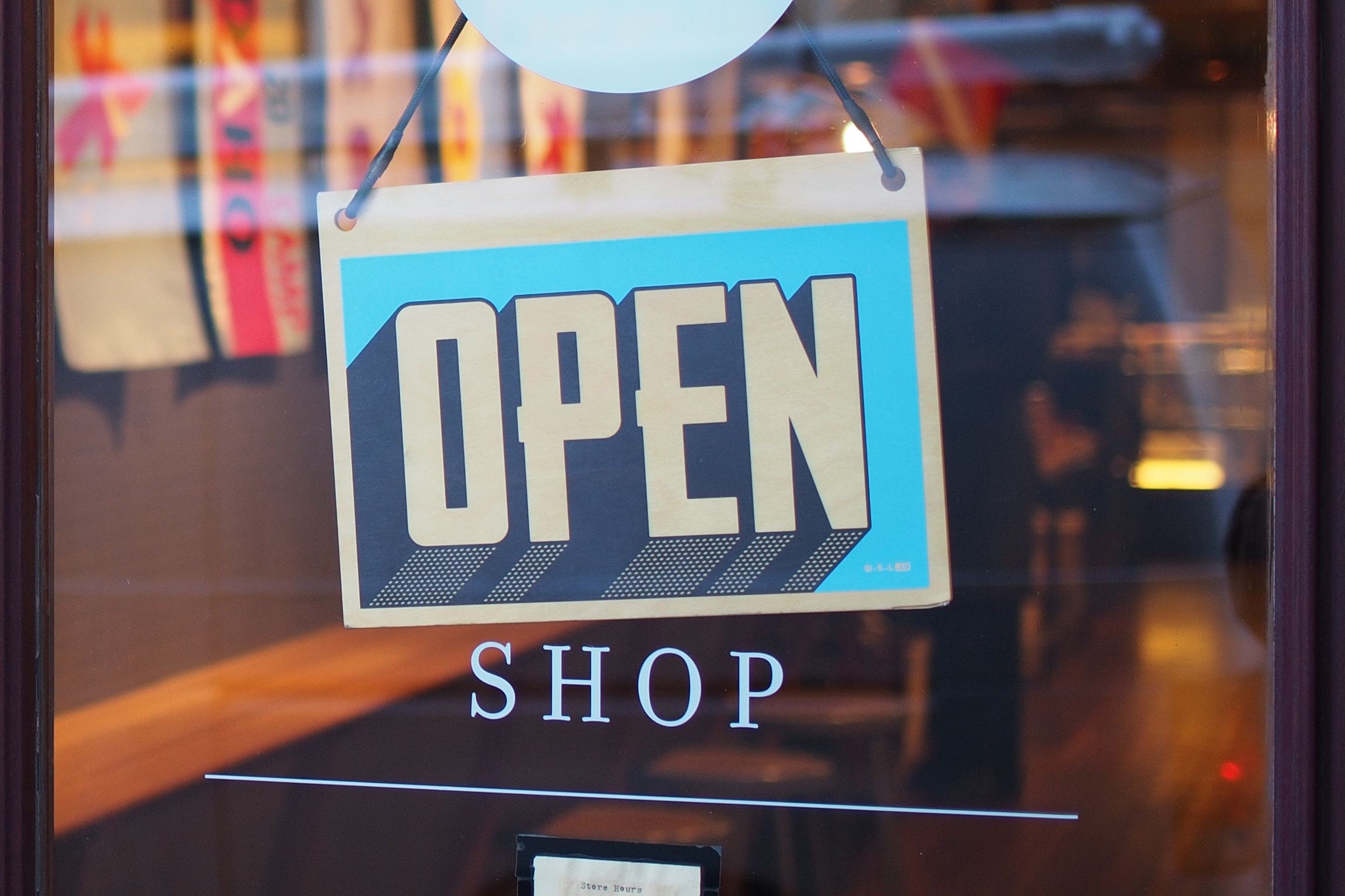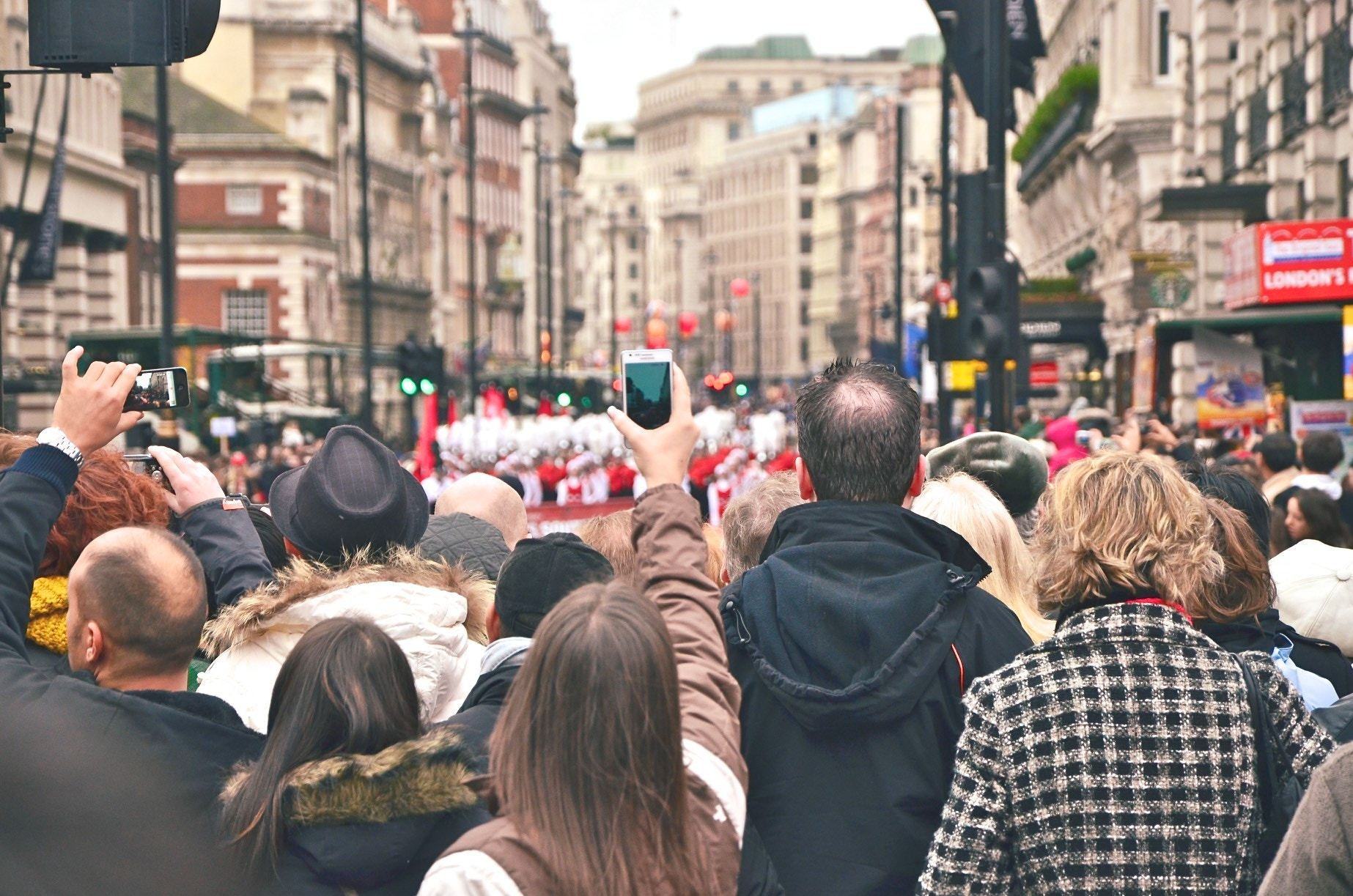Creativity
The Psychological Value of In-Person Marketing
By Nicola Brown on April 6, 2018
As marketers, creatives, and curious humans, we ask ourselves these questions every day: What does the future of marketing look like? And how do we best position ourselves to handle increasingly volatile and unpredictable business environments?
It's no secret that one of the biggest consumer trends is the rise of e-commerce. More than three-quarters of Americans go online daily, while 96 percent of Americans shop online.
Some people are heralding this as the death of brick and mortar, forecasting a dismal future where everyone is glued to a screen 24/7 and nobody has any cause to leave the house.
But as much as I enjoy the horrors of dystopian storytelling, I prefer to be an optimist. I believe that because of this online movement, there's now more value than ever for in-person experiences and experiential marketing for brands.
The Psychology of In-Person Brand Experiences
Just as some brands are shutting up their physical shops, others are opening them for the first time. British heritage brand Hunter opened its very first storefront in London in 2014. This is shocking when you consider the brand has been around since 1856. Why would they open a store now?
Because they believe in the importance of in-person experiences.
The Influence of Touch
According to recent studies in the journal Applied Cognitive Psychology and the Journal of Consumer Psychology, we buy what we grasp.
In this series of studies, researchers found that people are more likely to choose a product that has a similar shape to a product that's in their hand. Amazingly, this means that you're more likely to choose a Kit Kat over a Snickers, because the Kit Kat is more similar in shape to your smartphone, an object that your hands are really familiar with. Who knew? Being able to touch a product has a big impact on your purchasing decisions.
Touch also changes how we value products. Researchers found that the duration of tactile exposure to an item increases the value placed on it. This may stem from feelings of ownership due to having touched the product, even before deciding to buy it.
Simply being able to touch something has a big impact on consumer attitudes and decision-making.
The Impetus of Community Building
In his book Sapiens: A Brief History of Humankind, author Yuval Harari explains that community-building and pro-social behavior are hardwired human traits. Coming together and sharing in-person experiences is the kind of behavior we've relied upon throughout history to build societies and progress as a species. Community-building is one of the biggest drivers of the sharing economy.
In-person brand experiences are a valuable chance to establish that human connection with consumers, a connection that's increasingly strained in our digitally mediated lives.
Image attribution: Mike Petrucci
How Brands Can Tap Into In-Person Marketing
Now more than ever, in-person experiences with brands stick out in our minds. They offer an increasingly rare tactile experience as the rest of the world moves behind a screen and a chance to interact face-to-face and share a fundamentally human connection.
Pop-up Shops and Concept Stores
People are shopping differently today. The practice of "showrooming" or checking out a product in store before buying it online is growing in popularity. Brands today need to make sure they're covering both of these touchpoints. Keep in mind that if you have a pop-up shop but no online purchasing, there's a risk your customers may find another online seller to purchase your product or a similar one instead.
Try using pop-up shops to give your customers that tactile interaction they're looking for before committing to a purchasing decision. Make the connection between your pop-up shop and your online presence an easy transition so customers can follow through on the psychological connections they've just made through touch.
Researcher Zachary Estes explains how the positive effect of touch they discovered in their studies can be applied in a marketing context. He encourages marketers to design or package products in a similar shape to common objects we hold in our hands, like a smartphone or a wallet. Products with distinctive shapes (like the iconic Coca-Cola bottle) also provide a powerful source of brand identity by the hands.
He says that more crowded product displays seem to be better than sparse displays for maximizing the effect of touching a product, so you don't need vast amounts of space for your pop-up shop to be successful. Marketers should also encourage people to pick up, grasp, and handle their products to make the most of this in-person experience.
In 2015, menswear company Bonobos opened a "guideshop" in New York. It's a new kind of concept store solely meant for looking, touching, and trying things on, then you can place an order and have the items shipped to you.
These new forms of pop-up shop are emerging in response to the realization that even if customers prefer to buy online, that doesn't mean they don't want physical interaction with a product before making the purchasing decision.
Image attribution: Yolanda Sun
Social Events and Experiential Marketing Campaigns
Media activations and social events are another great way to establish a human touchpoint with customers and advocates. This kind of in-person experience lets you curate a community of likeminded people, set the tone for a good time, and have people chatting and interacting over your products.
Social events are also a great way to get earned social media coverage from influential guests. Creating stunning displays and picture-worthy moments is a smart way to encourage social sharing. Make your brand's social handles and hashtags visible throughout your event space from welcome signs to menu cards so people can easily reference your brand in their posts.
Many brands choose to piggyback on the excitement surrounding major events like the SXSW to launch their experiential marketing campaigns. This year's festival saw a Westworld theme park that recreated the town of Sweetwater and had a full cast of actors playing the sentient AIs in recreations of some of the show's most memorable moments. Tickets sold out fast.
When we spend so much time behind a screen, that human connection of an in-person experience becomes even more distinctive and sought-after in our minds. We are hardwired to be social and to interact with the world through all of our senses. I see the rise of e-commerce as an opportunity rather than a threat. It's a chance for brands to engage their customers more fully through carefully crafted, targeted, and strategic in-person experiences.
For more stories like this, subscribe to the Content Standard newsletter.
Featured image attribution: Frankie Cordoba




